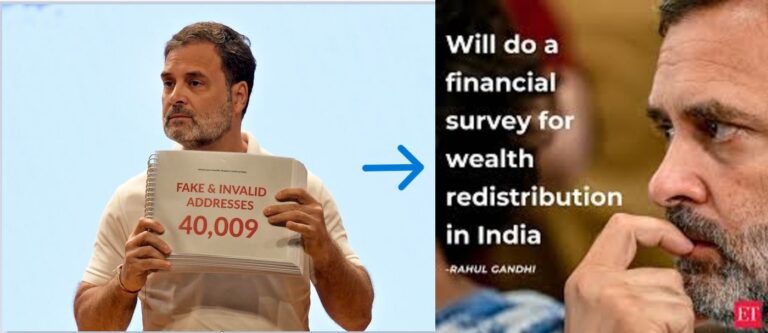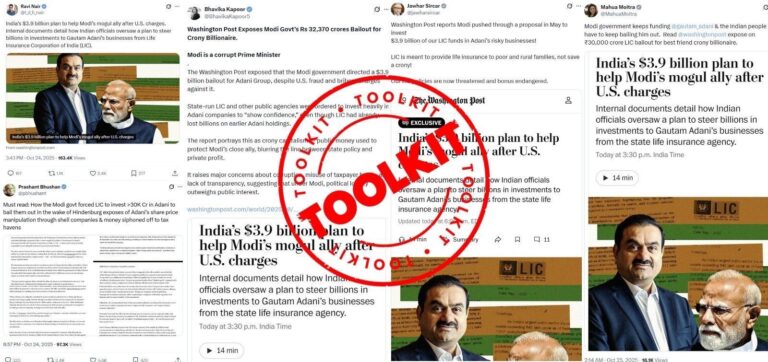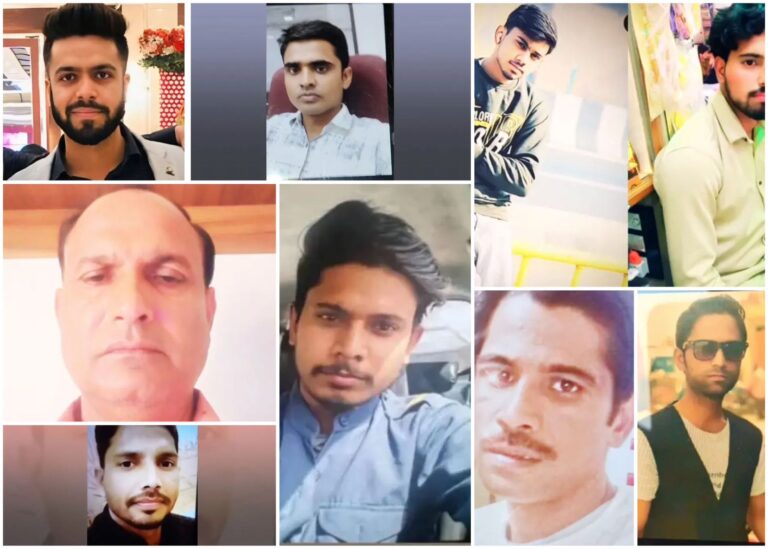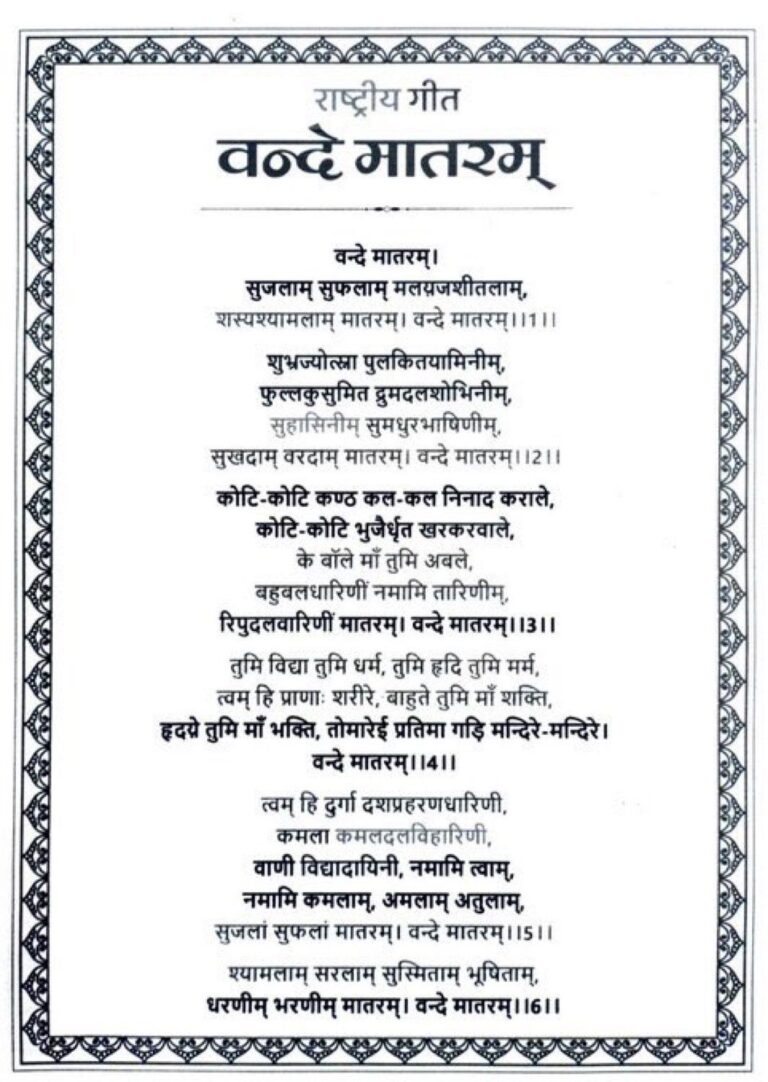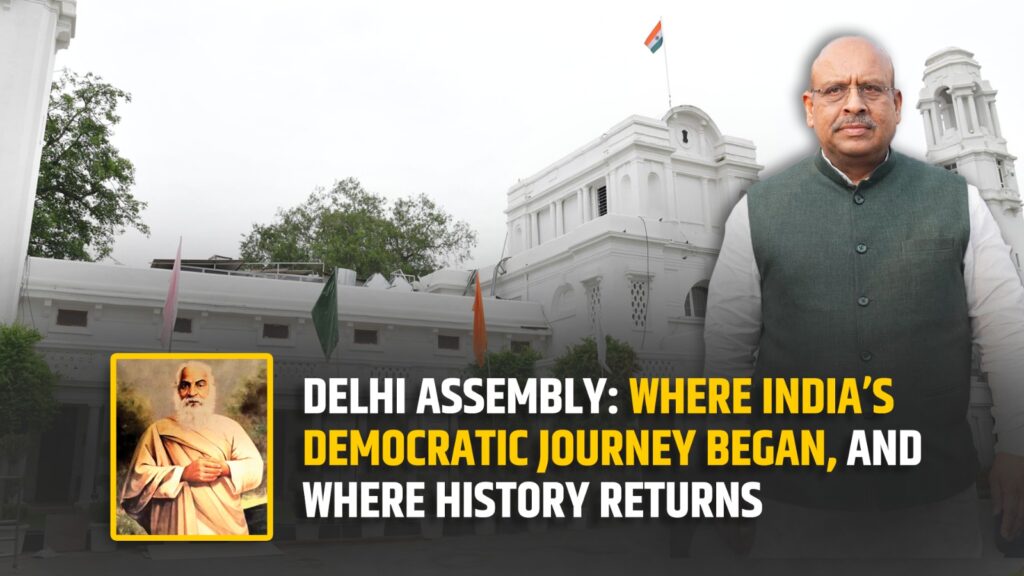
The Delhi Assembly is unlike any other in the country; it holds a unique place in India’s legislative history. In 1911, Lord Hardinge, the then Viceroy of India took the historic decision to transfer the Imperial Capital from Calcutta to Delhi and to make it the seat of the Central Government. Following this grand plan, the Old Secretariat, now Delhi Legislative Assembly, was built between 1912 and 1915. It was designed by British architect E. Montague Thomas, and the building was intended to accommodate the Imperial Legislative Council and some other key administrative offices. From 1912 to 1926, the Council Chamber at the Old Secretariat served as the central venue for legislative proceedings of the British Indian government. It was the seat of the Central Legislative Assembly and played a key role in the early shaping of India’s legislative structure until 1926, when the Assembly was moved to the newly constructed Parliament House.
It became the nerve centre of nationalist voices. It was here that leaders such as Lala Lajpat Rai, Madan Mohan Malaviya and Gopal Krishna Gokhale raised their dissent against British rule. Opposition to the Rowlatt Act gathered momentum within this hall. It provided direction to the Non-Cooperation Movement and the larger political awakening in India.
The turning point came in 1925, when Veer Vithalbhai Patel became the first elected Speaker of India. His tenure defined how Parliament should function, built on fairness, dignity, and respect for debate as well as for every member of the House. A hundred years later, his legacy continues to guide the institution of the Speaker.
In 1952, Delhi was given its own Assembly as a Part-C state. However, this Assembly was disbanded in 1956. Later, in 1966, Delhi got a Metropolitan Council, and its meetings were also held in this same building. All this is just a small part of its vast historical importance.
For years the historical significance of the Delhi Assembly was overlooked. The governments in the past failed to recognise its legacy and potential as a symbol of India’s legislative journey. But under the leadership and vision of the present Speaker, Vijender Gupta, that is finally changing.
Today, as it stands declared a National Heritage Monument, the Delhi Assembly prepares to host one of the most significant democratic gatherings of our time, the “All India Speakers’ Conference” on 24-25 August 2025. Marking 100 years since Vithalbhai Patel became the first elected Speaker, the nation will gather once again in this historic Assembly. The conference will see the presence of Lok Sabha Speaker Shri Om Birla Ji, Union Home Minister Shri Amit Shah Ji, Union Ministers, State Speakers and Delhi leaders, making it one of the most important national events in recent times.
At the centre of this historic occasion is the vision of Vijender Gupta, Hon’ble Speaker of the Delhi Assembly. Through his initiative and commitment, the Assembly is regaining its rightful place in the national imagination.
By organising the All India Speakers’ Conference, Speaker Vijender Gupta is honouring the centenary of Vithalbhai Patel and reinforcing the Delhi Assembly as the keeper of India’s democratic legacy.
The All India Speakers’ Conference at the Delhi Assembly is more than a commemoration; it is a return to the roots of our parliamentary tradition. A hundred years after Vithalbhai Patel became the first elected Speaker, leaders from across the nation will assemble in the same historic hall to honour that legacy. With Vijender Gupta’s efforts, the Delhi Assembly is once again at the centre of India’s democratic life, where history and the present come together.
Author: Shubham Kushwaha is a writer, law student and commentator on socio-political issues. Tweets at Shubham Kushwaha

